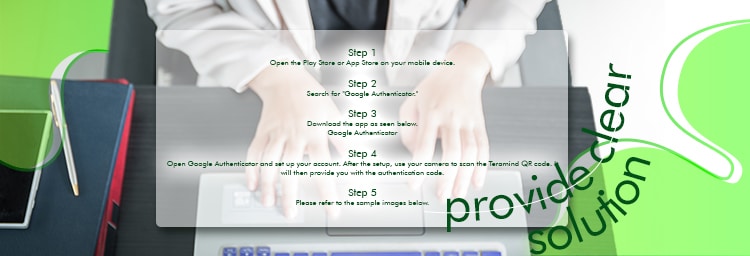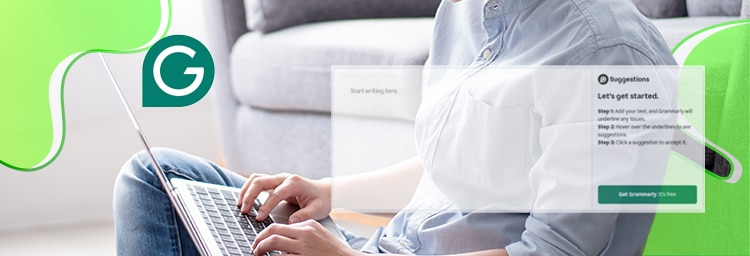Customer service representatives (CSR) in chat support, email support, social media management, and ticketing systems should excel at written communication.
This helps you convey clearer messages, which leads to better customer satisfaction and faster issue resolution.
However, many customer service representatives struggle with written communication customer support skills because they lack training, are often under time pressure, or simply don’t know how to communicate effectively, leading to misunderstandings, frustrated customers, and unsatisfactory resolutions.
So how can you improve your customer support skills to land the better-paying CSR online jobs of your dreams? We got you covered!
Here are some practical tips to nail those customer service tickets in non-voice roles:
Be Professional and Polite
Using positive language is essential for maintaining a friendly and solution-focused tone, making it crucial to stay warm, empathetic, and professional in your writing.
For instance, instead of saying, “We can’t do that,” you might say, “What we can do is…” to keep the interaction positive and customer-friendly.
Incorporating polite phrases like “please,” “thank you,” and “you’re welcome” further enhances this friendly tone.
It’s also important to acknowledge the customer’s emotions by saying something like, “I understand how frustrating this must be for you,” before providing a solution, which shows empathy.
Offering help in a supportive manner, such as saying, “I’d be happy to assist you with this,” makes the customer feel valued.
When delivering information, avoid abrupt responses; instead, soften them with context, such as, “Unfortunately, we aren’t able to offer that at the moment, but here’s what I can do to assist you.”
Additionally, steer clear of typing entirely in uppercase letters, as this can seem aggressive and negatively impact the customer’s experience.
Finally, maintain a positive approach even when delivering bad news by saying, “Let me find that information for you,” instead of just saying “I don’t know.”
By consistently applying these techniques, you can keep your tone professional while effectively conveying warmth and empathy.
Use Clear and Simple Language
Use clear, simple language and avoid jargon so that customers easily understand you and feel more connected during the interaction.
Personalize Your Responses (Even When Using Templates)
One way to do this is by addressing customers by name.
For example, instead of starting your response with “Dear Customer,” you could say, “Hi Sarah,” or “Hello John,” which immediately makes the interaction feel more personal and engaging.
This small change helps build a connection and shows the customer that they are valued as an individual.
Additionally, referencing specific details from their inquiry shows that you have read and understood their concerns.
For example, if a customer asks about a delay in their order, you could say,
“I see that your order #12345 was scheduled for delivery on September 20 but has been delayed due to shipping issues. I understand how important it is for you to receive your items on time, and I’m here to help resolve this.”
This applies to templates as well; it’s important to adapt them to the customer’s situation to avoid sounding like an automated response.
Provide Solutions Clearly
After acknowledging the customer’s issue, provide clear, step-by-step instructions on what they should do next.
Be specific; if they need to take action, such as clicking a link or providing information, clearly outline how to proceed.
Stick to the point and avoid unnecessary details, as customers value brief and direct responses that help them resolve their issues quickly.
Anticipate Customer Needs
One effective strategy is to anticipate common follow-up questions.
You can do this by asking questions that encourage customers to share more about their needs after addressing their concerns.
This saves the customer time and improves their experience.
For example, if a customer asks about the return policy, you might respond with,
“Our return policy allows you to return items within 30 days for a full refund. If you have any further questions about the process or need a return label, just let me know!”
You can also provide links or resources that the customer might find helpful.
By including information about the return policy and inviting additional questions, you spare them the trouble of having to follow up themselves, enhancing the customer’s experience overall.
Double-Check for Grammar and Spelling
Double-checking grammar and spelling is crucial, as even small errors can damage your professionalism and credibility.
Use spell-check tools or apps like Grammarly to catch these mistakes.
Additionally, proofreading your message before sending ensures clarity and accuracy.
This attention to detail doesn’t just improve your image as a representative, but also enhances the customer’s understanding and overall experience.
Of course, being able to write a proper response isn’t the only skill that can propel your CSR career forward.
You can also develop these other in-demand CX customer support skills that businesses are willing to pay top dollar for to enhance your career prospects.
However, if you’re still looking for home-based jobs in the Philippines, you can sign up with Remote Staff for the best CSR roles for Filipinos.
Remote Staff can connect you with clients who value your skills, offering stable work online and a better chance to grow in your customer service career.
Register today!







